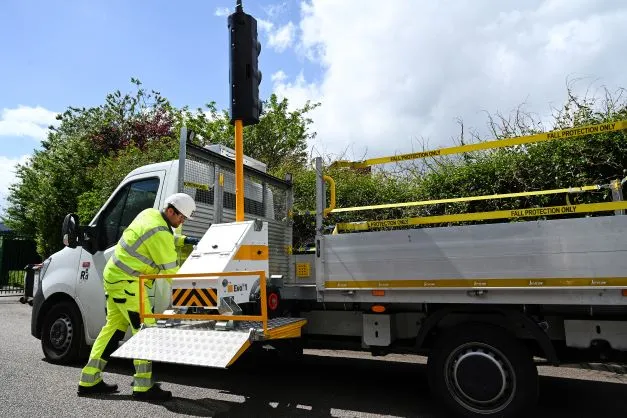Blue Earth Energy Power Solutions launched a new intelligent battery for traffic cabinets at ITS America in Pittsburgh. The world’s first lead-acid free, bendable, lightweight, environmentally-safe battery backup system utilizes Nickel-Zinc (NiZn) chemistry and is completely recyclable.
The UPStealth Battery Backup System can survive in a wide-range of temperatures and be formed in various configurations that allow the intelligent battery to bend around corners and fi t into spaces that cannot be accesse
June 3, 2015
Read time: 2 mins

The UPStealth Battery Backup System can survive in a wide-range of temperatures and be formed in various configurations that allow the intelligent battery to bend around corners and fi t into spaces that cannot be accessed by traditional battery backup systems. According to the company, this eliminates the need for heating or cooling devices and external cabinet configurations.
The environmentally-friendly UPStealth does not give off hazardous outgassing, minimizes corrosion and does not have flammable or explosive characteristics. NiZn is certified as recyclable by the Rechargeable Battery Recycling Coalition and is RoHS compliant, making it possible to dispose the battery without having to pay associated fees.
In addition, a digital battery management system monitors and maintains the system automatically, creating a maintenance-free battery that can be remotely and centrally supervised from a desktop application.









